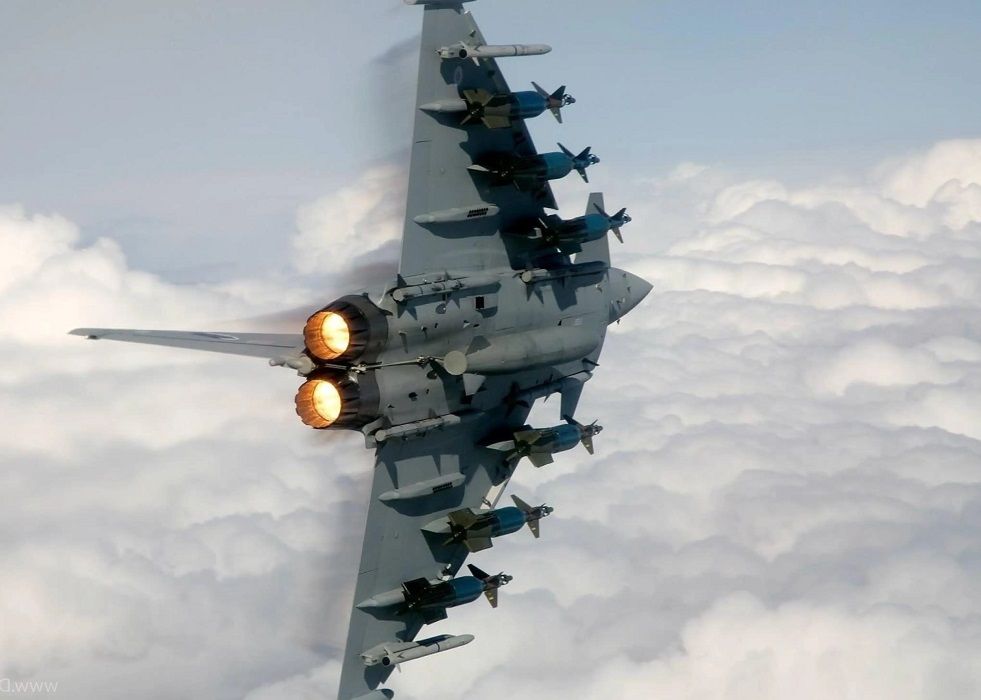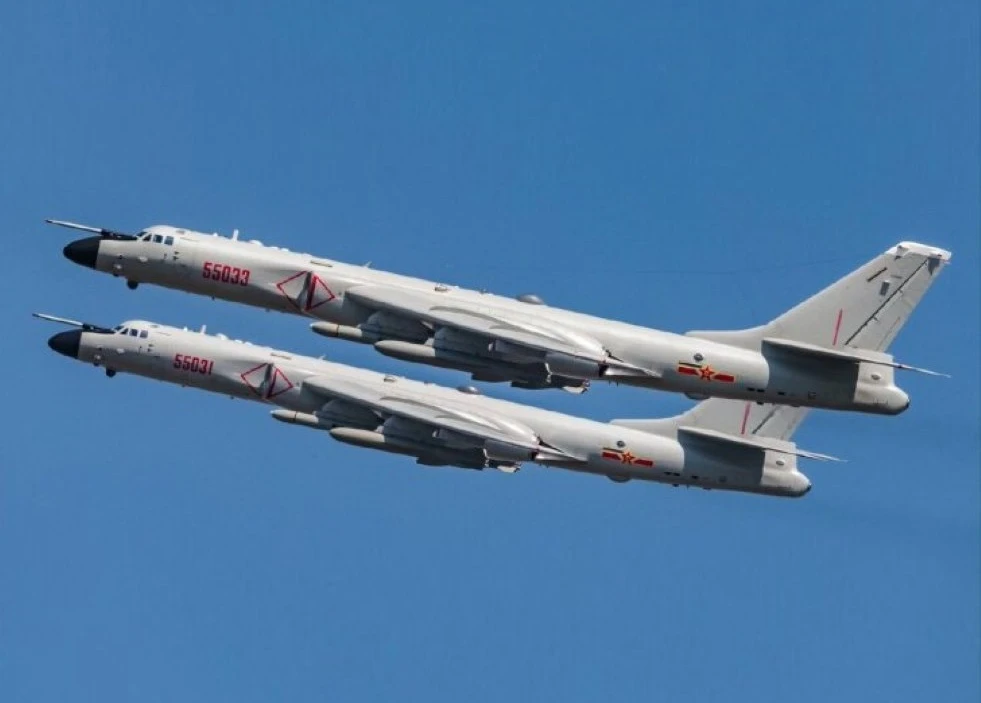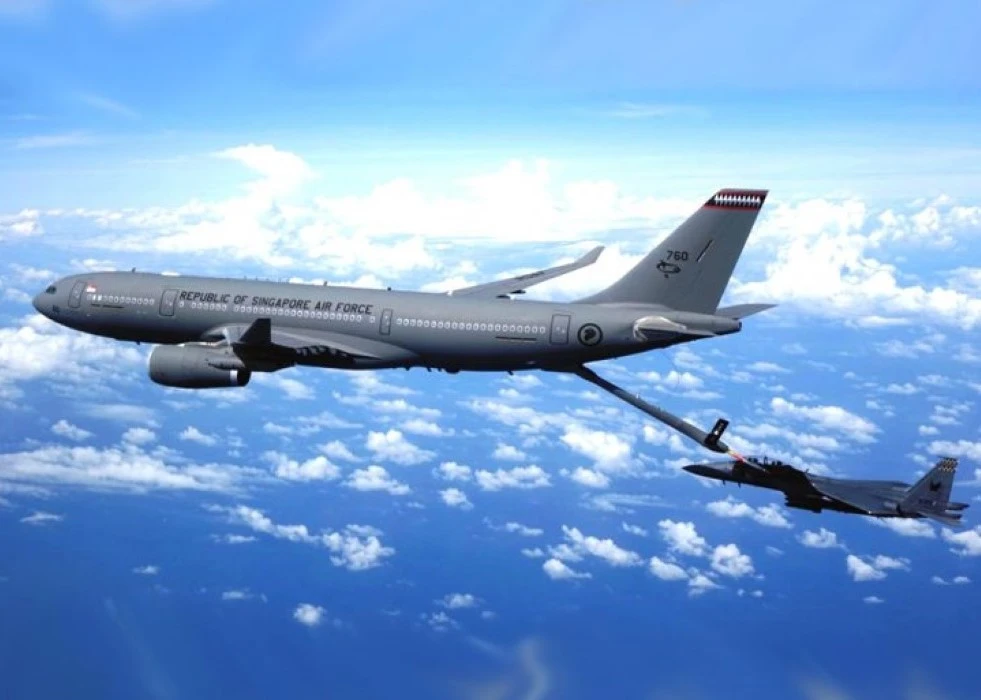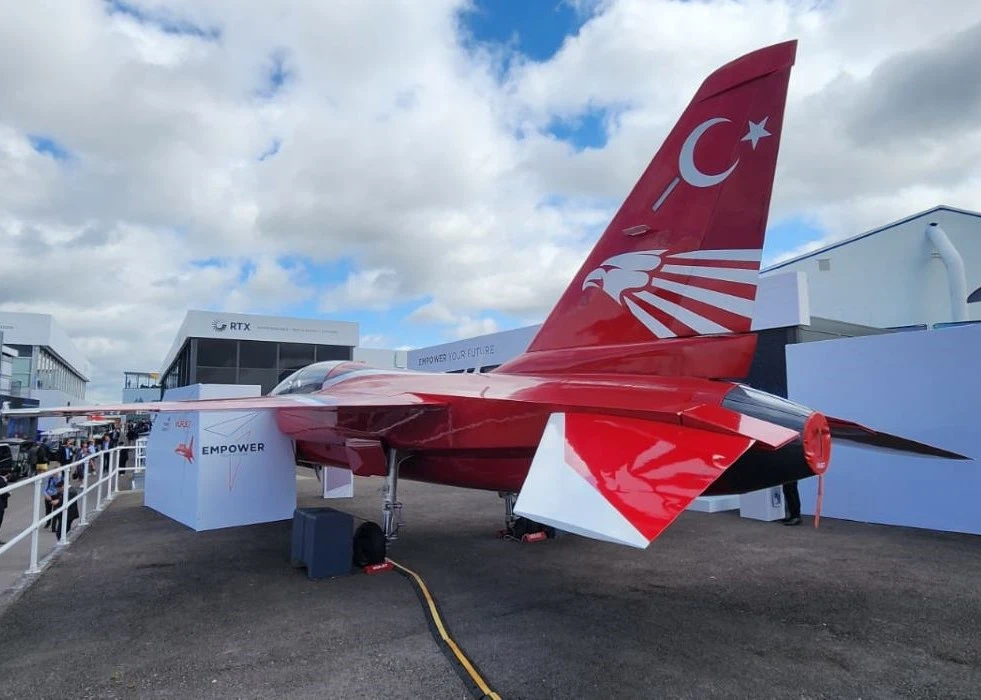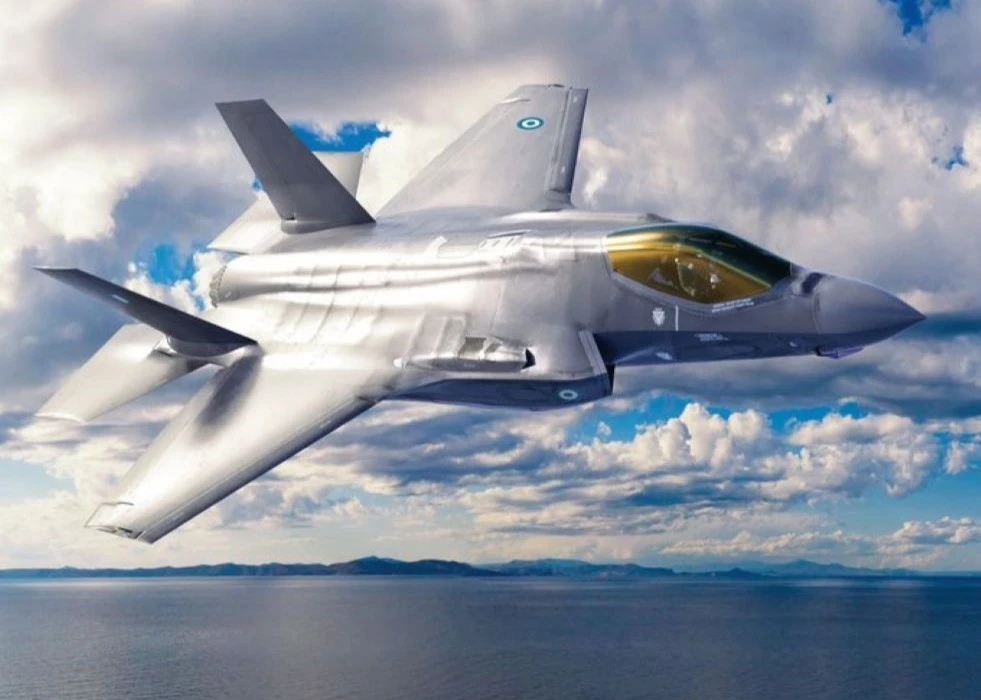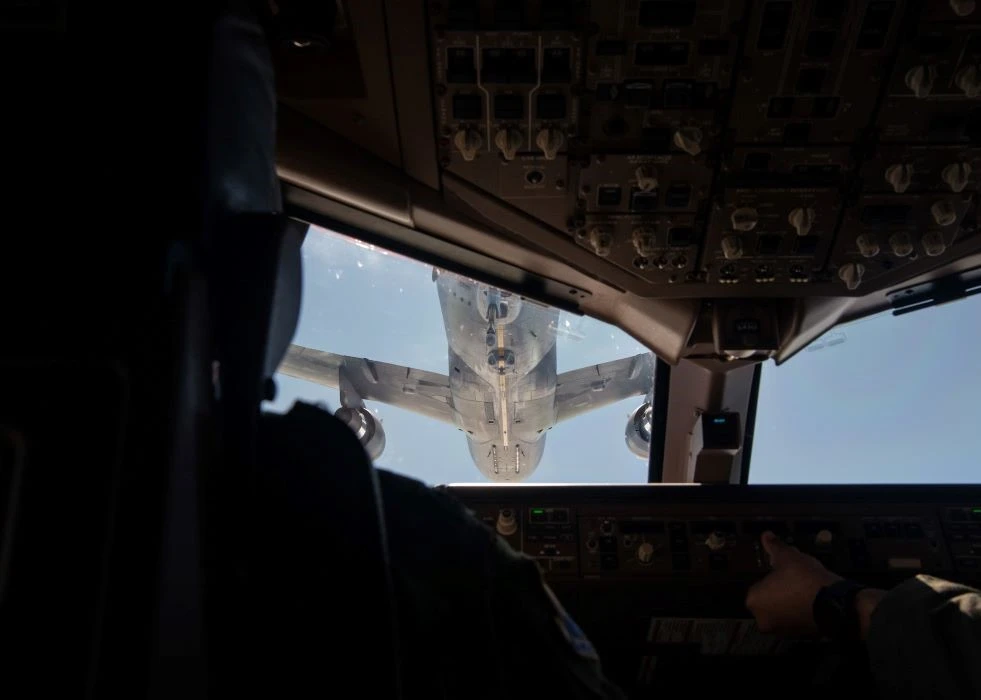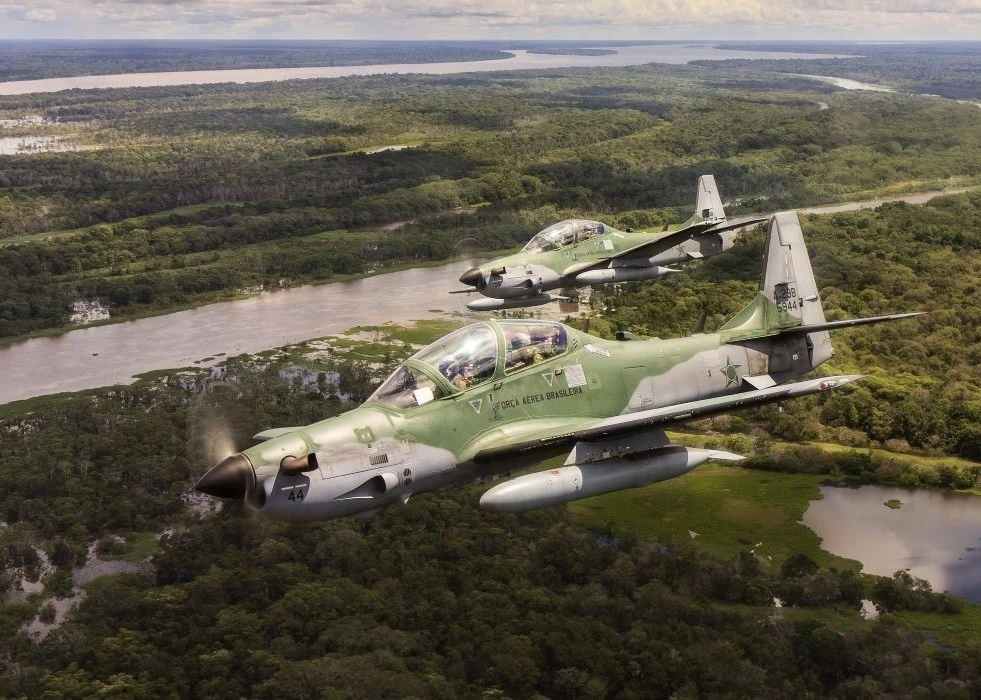Eurofighter Typhoon aircraft has been on the agenda of Turkiye for a while. TurDef directed the frequently asked questions to an RAF Typhoon pilot about their aircraft during the Anatolian Eagle 2023 Exercise.
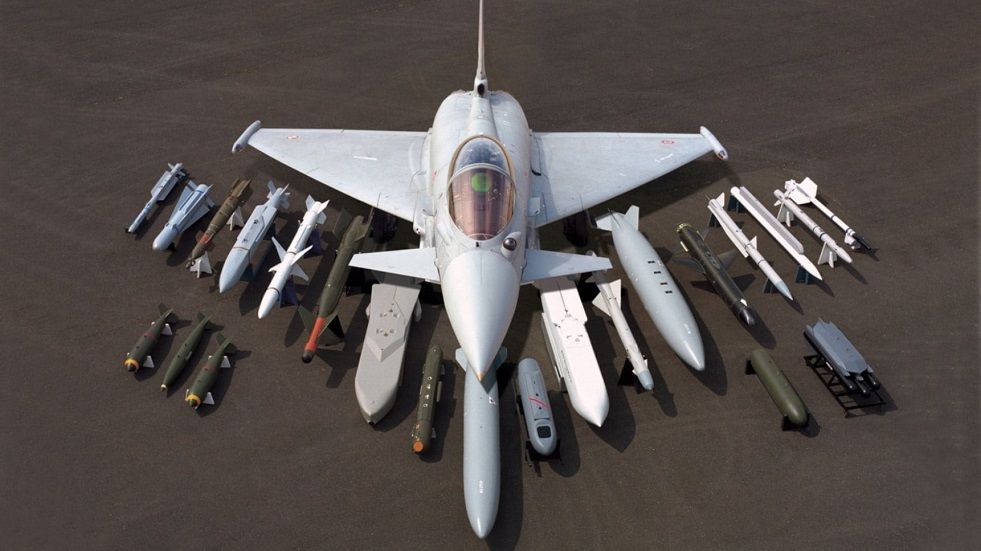
The first question is what Eurofighter Typhoon would contribute to the Turkish Air Force as the aviator shared the sky with Turkish Fighters. RAF Pilot talking about Tranche 3 underlined that the Eurofighter has a newer airframe, better and more powerful avionics, modernised weapon systems, and rugged electronics infrastructure. The Typhoon can provide better electronic warfare opportunities. Through conformal fuel tanks, Tranche 3 can also extend endurance with additional fuel capacity. As a twin-engine aircraft, it has more resilience than single-engine aircraft and benefits from a higher payload capacity. It carries four long-range BVR missiles, such as Meteor or AMRAAM and 2 WVR missiles, such as ASRAAM or IRIS-T, as a standard air-to-air weapon loadout without requiring additional pylons. If fitted for air-to-ground operations, it is possible to carry six Brimstone air-launched ground attack missiles and two Paveway IV bombs, or two Storm Shadow stand-off cruise missiles or four Paveway IV bombs, whilst maintaining the standard air-to-air missile loadout. The pilot feels secure at high altitudes as many other aircraft, including F-16s, operate at a lower altitude due to their single engine. Powerplants of the twin-engine Eurofighter are well overpowered and offer more flexible higher payload configurations thanks to weapon stations, including beyond-the-vision range ammunition. The aircraft offers better performance than Turkish F-16 Fighting Falcons, especially in high-level environments above 40.000 feet, thanks to the Eurojet Consortium’s EJ200 engines, bringing superiority during air-to-air contacts.

T1 and T2 are equipped with mechanical multi-mode pulse-Doppler radar CAPTOR-M radar and have better detection performance than Turkish Fighting Falcons as they lack electronically scanned array radars. T3 will provide better radar capability thanks to Captor-E AESA radar.
As it’s known, Eurofighter Typhoon is equipped with Towed Radar Decoy (TRD) system on the right wingtip. TurDef asked about the efficiency and effectiveness of TRD, but this question remained unanswered as it is an electronic warfare system. The pilot only said, “It is a good system.”
The Royal Air Force has conducted a datalink trial between the F-35 Lightning II and Eurofighter Typhoon. Communication between aircraft is an important issue for network-centric warfare. The force has benefitted by being part of the Joint Strike Fighter (JSF) Programme and applying these lessons. The RAF conducted a series of interoperability trials with F-35 Lightning II and 4+ generation fighters. The Typhoon communicated with Lightning II via Link 16. Turkiye, like other NATO allies, uses this system.
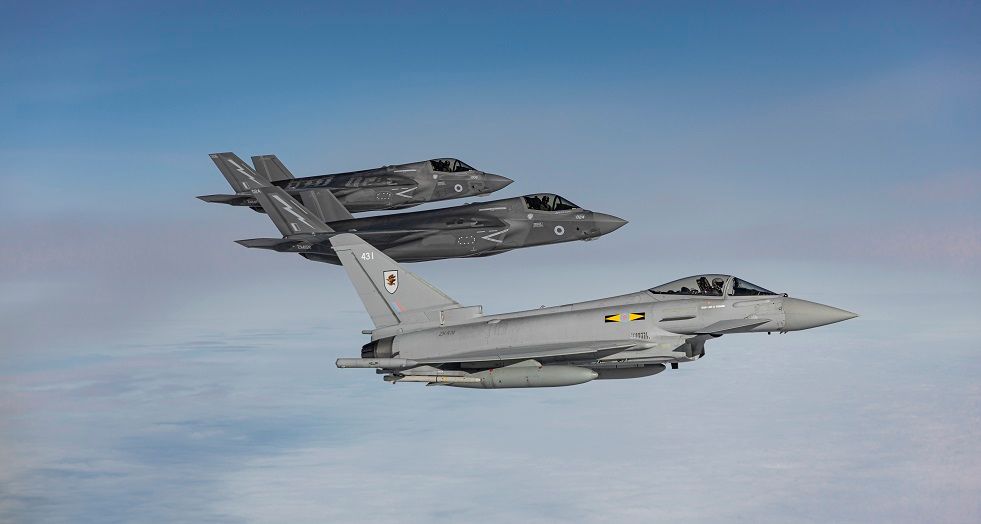
Another advantage of the Eurofighter Typhoon is its sophisticated electronic warfare capability. The pilot said, “Two things I really like about Typhoons are the engines and the electronic warfare capability.” A powerful engine provides sustained energy capacity, and defensive aids offer many opportunities to the aviator. All electronic systems can be used without performance loss thanks to powerful EJ200s, as the aviator said.
Eurofighter Typhoon has undertaken modifications that have improved air-to-ground payload capability but at a cost to aerodynamic efficiency. We asked if this conversion harmed the interceptor genes of the Tranche 1 variant. The pilot said that T1 Typhoon was designed as a pure air-to-air interceptor, and second-generation upgrades have some air-to-ground capabilities. Aerodynamic efficiency was degraded with the carriage of air-to-ground munitions, but Typhoon maintains much of its air-to-air heritage in full air-to-ground loadout. T2 and T3 are the same airframes, but T3 is equipped with some hardware improvements – the software is common across both Trances. The Eurofighter Typhoon didn’t lose its intercept capabilities due to air-to-surface enhancement.
Turkiye is looking forward to improving its network-centric warfare capability and manned-unmanned teaming terms. Typhoon is fit for network-oriented conflicts both in information and counter-network-centric operations. 4+ Generation aircraft offer successful interoperability with the F-35 line with network-centric capabilities and provide full compatibility for information-oriented network warfare. Eurofighter is also compatible with Link 16 and future datalinks. In this way, aircraft can manage the picture provided and engage targets with manned-unmanned teaming or other tactics. This is one of the biggest differences from the F-16 Fighting Falcon.
TurDef has also asked about the AESA radar capability comparison between Eurofighter Typhoon and F-35 Lightning II, but the question remained unanswered.
Turkish Air Force (TuRAF) is considering acquiring an aircraft to provide balance in the Aegean Sea as Greece has French-made Rafale fights. The aircraft’s dogfight capability is an important criterion for the TuRAF. Although air combat wins usually depend on the pilot’s skill flying the machine, the Eurofighter Typhoon makes this easier because it has very good turn-fight capabilities at a similar rate to the French Rafale. The Typhoon is able to sustain and then, due to the powerful EJ200s, regain their energy value much better than Rafale. The British Pilot said any aircraft would lose energy during the air combat merge. What Typhoon will do is regain this energy very quickly. We regain the energy in order to make the next shot. The aviator said, “I have beaten Rafale with Eurofighter Typhoon during a real flight training engagement.”

When it comes to armament, Typhoon offers many. But what are the advantages? What does a Meteor provide as an advantage to the Typhoon? According to the pilot, long-distance stand-off range advantage is the first pro of gaining the weapon. This brings the first launch opportunity. Suppose the aircraft reduces the range for launching Meteor. In that case, the system will acquire devastating kinematics potential, leading to opponents having no way to run and a higher probability of killing.
The RAF aviator told Brimstone offers high effectiveness against asymmetrical targets. The missile is a direct munition that offers less collateral damage opportunity and high precision. Moving target capability and easier targeting. Typhoons can hunt fast attack crafts even in moving conditions from miles as well.
TurDef’s exclusive interview. The interview or a piece of information from the interview can be republished by only attributing to the publication.
